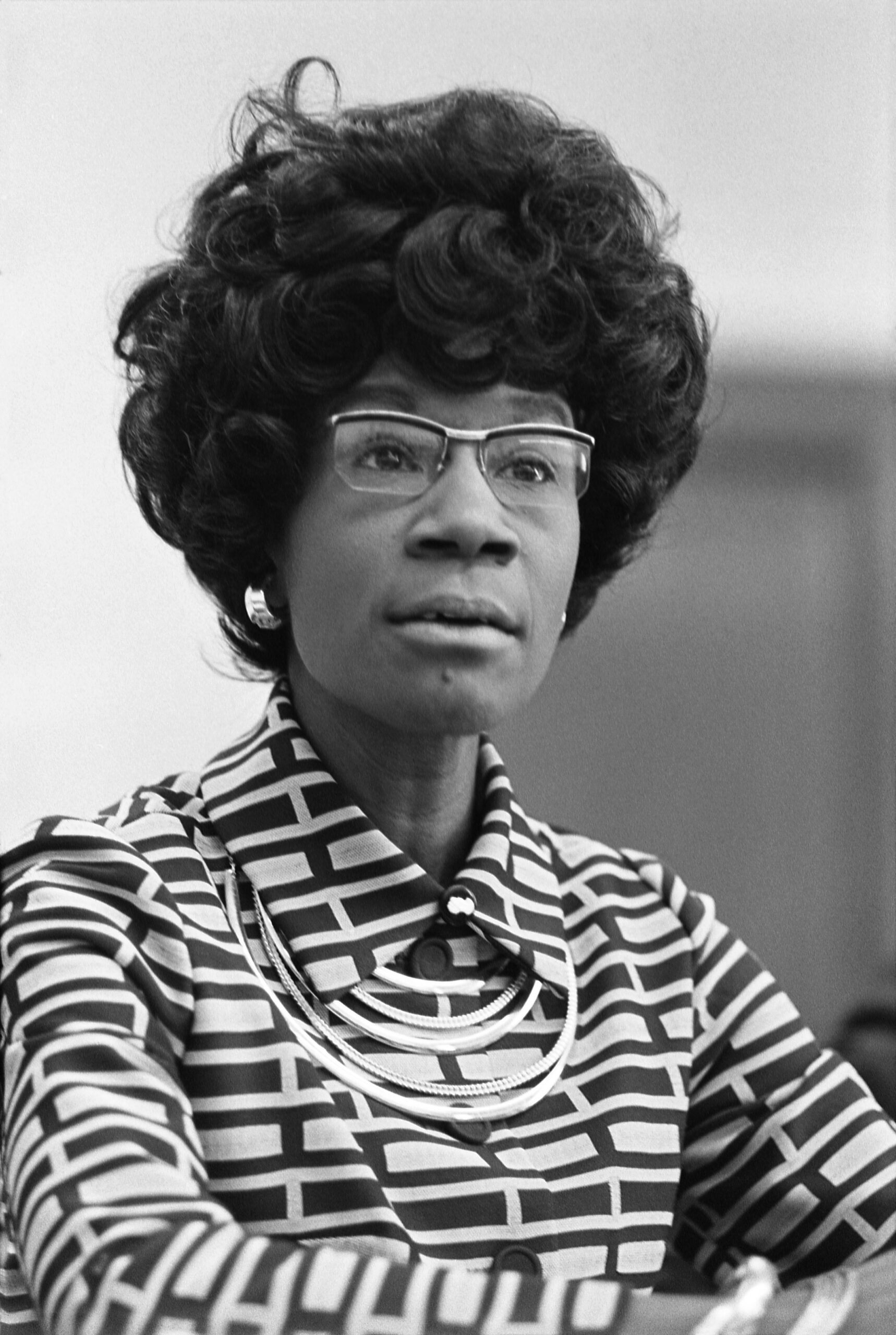13. Surveys
 In the 1970s, roughly one in five Americans reported on surveys that if their party nominated a qualified woman for president, they would not vote for her. A similar proportion felt the same way about voting for a qualified African American nominee. But attitudes changed over the decades, and in 2009, Barack Obama became the first African American U.S. president; in 2016, Hillary Clinton became the first woman presidential nominee of one of the two major U.S. political parties. By then, only a small fraction of Americans opposed voting for a woman or African American candidate. We know about this stark shift in voter opinion because of nationally representative surveys that have consistently posed this and other questions to U.S. adults over the past several decades. For example, the General Social Survey (GSS), a well-respected survey conducted every other year by the National Opinion Research Center (NORC), has included questions about bias in presidential voting since its first survey in 1972. (In 2010, the last time the GSS asked, only 3 percent and 4 percent of Americans said they would not vote for an African American or woman presidential nominee, respectively.)
In the 1970s, roughly one in five Americans reported on surveys that if their party nominated a qualified woman for president, they would not vote for her. A similar proportion felt the same way about voting for a qualified African American nominee. But attitudes changed over the decades, and in 2009, Barack Obama became the first African American U.S. president; in 2016, Hillary Clinton became the first woman presidential nominee of one of the two major U.S. political parties. By then, only a small fraction of Americans opposed voting for a woman or African American candidate. We know about this stark shift in voter opinion because of nationally representative surveys that have consistently posed this and other questions to U.S. adults over the past several decades. For example, the General Social Survey (GSS), a well-respected survey conducted every other year by the National Opinion Research Center (NORC), has included questions about bias in presidential voting since its first survey in 1972. (In 2010, the last time the GSS asked, only 3 percent and 4 percent of Americans said they would not vote for an African American or woman presidential nominee, respectively.)

Surveys like the GSS allow us to know with a considerable degree of precision how much the public’s perspectives and preferences have evolved over the years. In survey research, a researcher poses a set of predetermined questions to a sample of individuals (respondents). Those questions (called items) are listed in a questionnaire—which a researcher can read off to a respondent during an in-person or remote interview, or which the respondent can answer on their own through a paper or online form. (Survey questionnaires are also called survey instruments, and all the defined procedures to implement a study, including the questionnaire, are collectively known as the survey protocol.) Typically, each item in a survey questionnaire offers two or more answers that the respondent can choose from (called response categories or response options), much like a multiple-choice exam.
Surveys are very much a part of our everyday lives. If you keep up with the news at all, you will inevitably hear the results of one kind of survey or another—from political polls that say who is the leading candidate in an election, to surveys of how much money people spend or what they think about particular issues. You’ve undoubtedly taken numerous surveys asking whether a customer service representative was polite and efficient in responding to your requests, or whether an instructor taught you what you wanted to know. Surveys are incredibly influential in virtually every political and economic context, providing key metrics for whether a policy gets enacted or whether a person gets promoted (or fired). Yet survey research is not always conducted in a rigorous fashion, which means that you should look at the findings from any surveys you encounter with a healthy degree of skepticism.
In this chapter, we’ll talk about the strengths and weaknesses of survey research and the many types of surveys that sociologists conduct. We’ll also discuss the considerations that go into devising effective survey questions and response options. As you’ll learn, constructing a good survey is not an easy thing to do. It requires a great deal of thoughtful planning and often many rounds of revision.
Opening chapter image credit: cottonbro studio, via Pexels. Adapted by Bizhan Khodabandeh.
Individuals who answer questions for a survey or in-depth interview.
The listed options that a respondent can choose when answering a particular question (item) on a survey instrument. (Also called response options.) When constructing a survey questionnaire, each question’s response categories should exhaust all the possible attributes for the associated variable.

